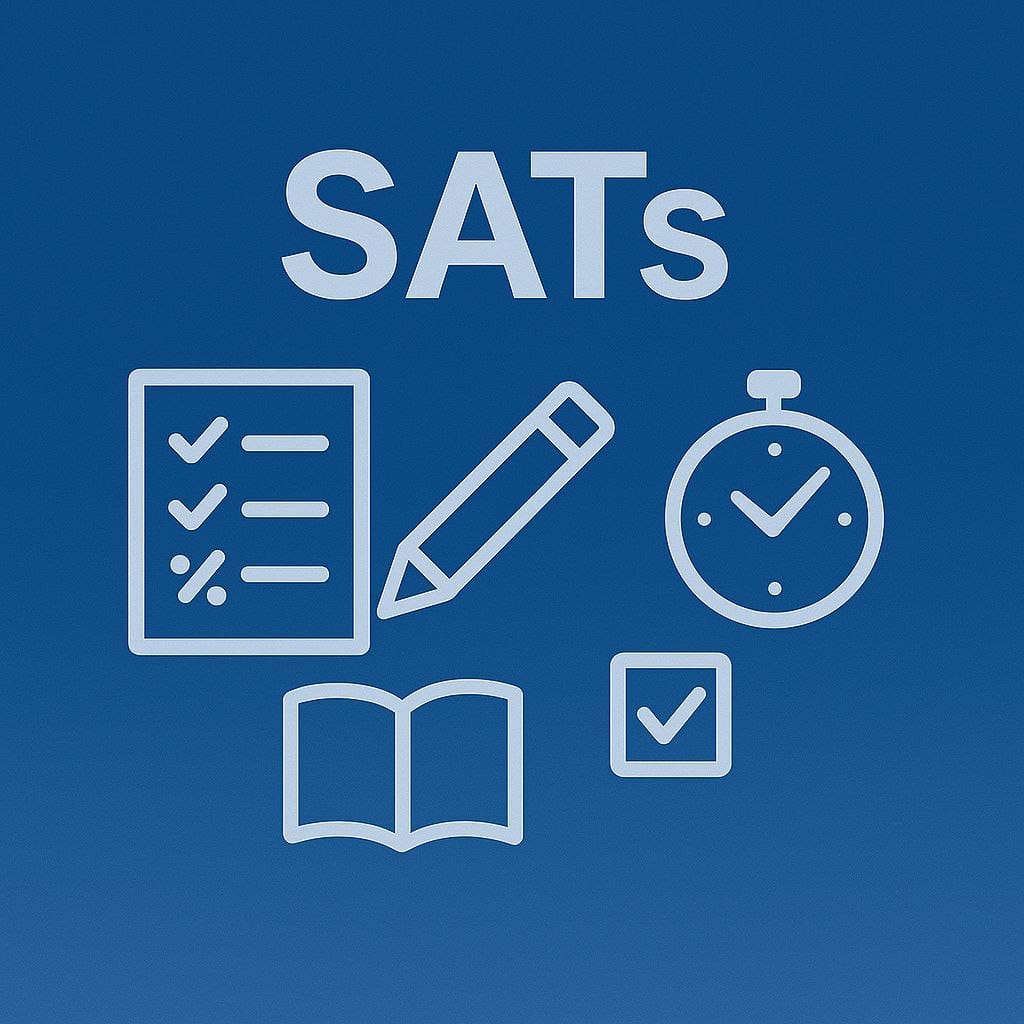Table of Contents
ToggleHow to Tackle SAT Science Passages: Proven Strategies for Success
Introduction
The SAT Reading section often includes science passages that focus on topics like biology, chemistry, physics, or environmental studies. These passages include dense text, scientific arguments, and occasionally graphs or charts.
While the content may seem technical, you don’t need a science background to succeed. This guide will teach you:
- How to approach science passages efficiently.
- How to analyze scientific arguments and data.
- Strategies to answer SAT questions accurately.
Understand the Structure of Science Passages
SAT science passages typically:
- Present scientific experiments, research, or discussions.
- Include hypotheses, results, and conclusions.
- Sometimes contain graphs, tables, or charts.
Key Elements to Focus On:
- The Main Idea: What is the passage about? (e.g., a study on climate change)
- Hypotheses or Arguments: What scientific claim or question is being addressed?
- Evidence: What data, results, or examples support the claim?
- Author’s Purpose: Why did the author write this passage? (e.g., to explain, compare, or argue a point)
Skim the Passage First
Science passages can feel overwhelming, but skimming helps you focus on critical information.
Skimming Steps:
- Read the first and last paragraphs to find the main idea.
- Skim topic sentences of each paragraph.
- Look for keywords like “results,” “data,” or “evidence.”
Analyze Graphs and Charts
Many SAT science passages include visual data. Understanding these visuals is key to answering related questions.
How to Approach Graph-Based Questions:
- Read the Title: Identify what the graph or chart represents.
- Check the Axes: Understand the labels and units (e.g., time, percentages).
- Spot Trends: Look for increases, decreases, or patterns in the data.
- Link the Data to the Passage: How does the graph relate to the author’s argument?
Example Question
The graph shows the growth rate of plants exposed to different levels of light. According to the passage and graph, which light level produced the fastest growth rate?
Solution:
Look at the graph’s highest point and match it with the corresponding light level.
Strategies for Answering Science Passage Questions
1. Focus on Evidence-Based Questions
These ask you to find evidence supporting a claim.
- Tip: Use line references and scan for keywords.
2. Eliminate Incorrect Answers
Many answers will:
- Include irrelevant details.
- Misinterpret the graph or experiment.
- Go beyond what the passage says.
3. Understand Cause and Effect Relationships
Identify relationships between variables discussed in the text or data.
Practice Question
Passage Summary: A study compares the effect of high and low temperatures on bacteria growth.
Question:
What conclusion can be drawn about bacteria growth at 25°C compared to 40°C?
A. Growth is faster at 25°C.
B. Growth is slower at 25°C.
C. Growth rates are identical.
Solution:
- Use data or line references from the passage or graph to compare growth.
- Choose the answer supported by evidence.
Tips for Success
- Don’t Overthink the Science: Focus on the arguments, data, and relationships—not your prior knowledge.
- Prioritize Graph Questions: They often provide direct answers.
- Manage Your Time: Spend no more than 12-13 minutes per passage.
Summary
Science passages on the SAT test your ability to analyze arguments, data, and visuals. By skimming efficiently, understanding graphs, and focusing on evidence, you can approach these questions with confidence and accuracy.
📅 Book Your Free SAT Reading Consultation Today!
Skinat Tuition | Where Expert Tutoring Meets Proven Results.



